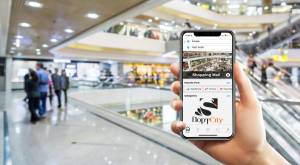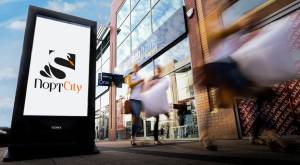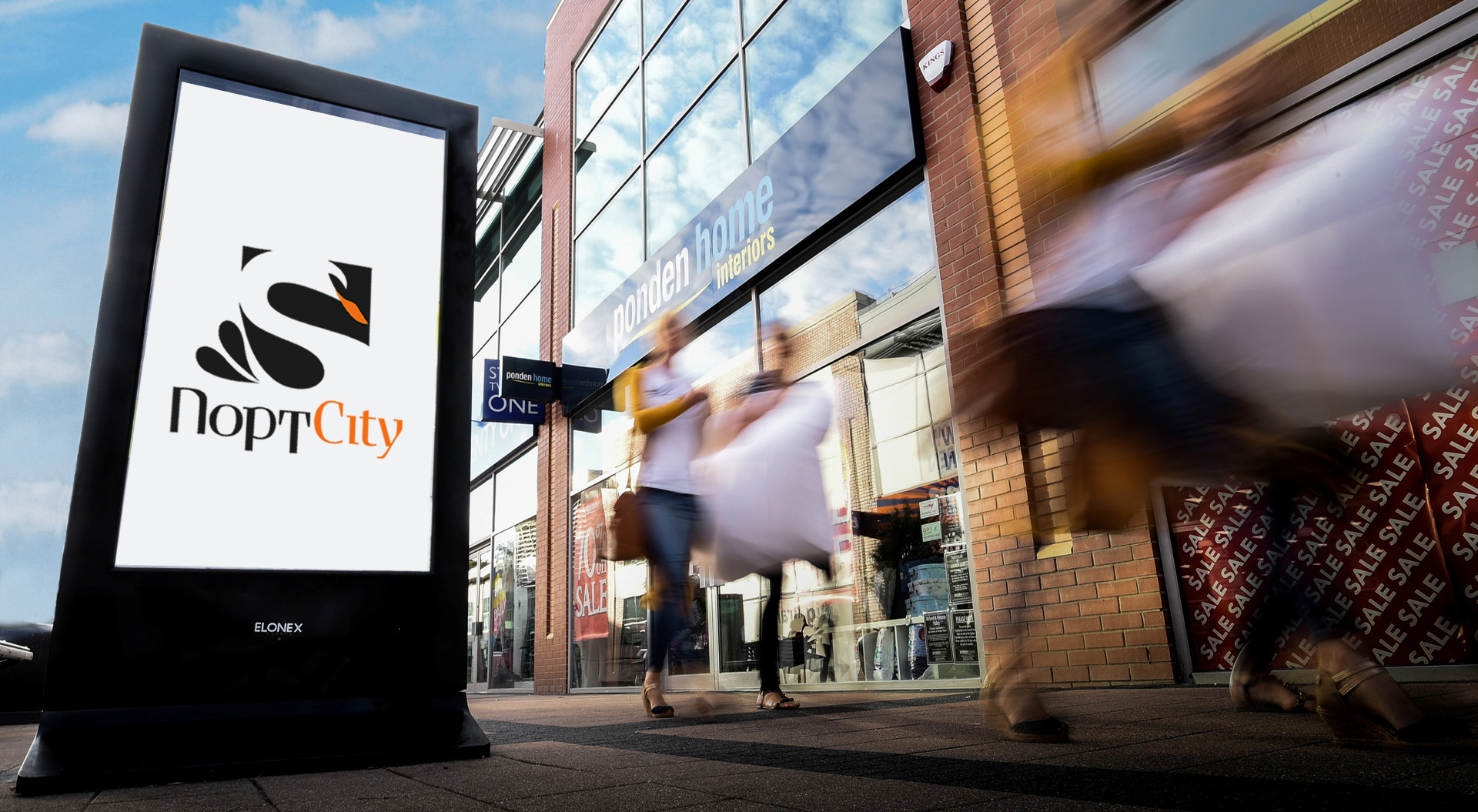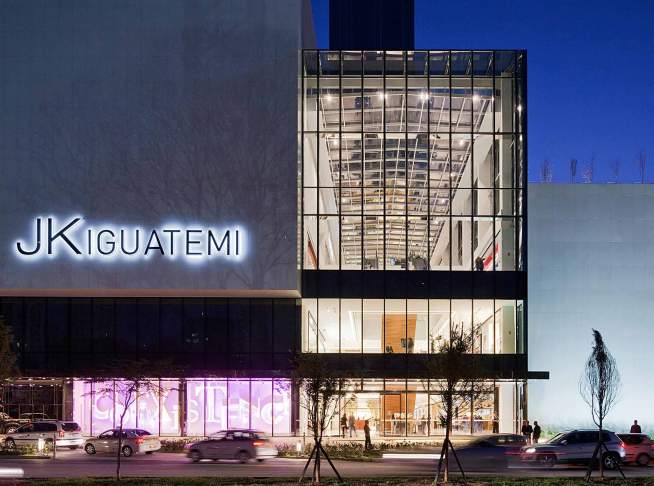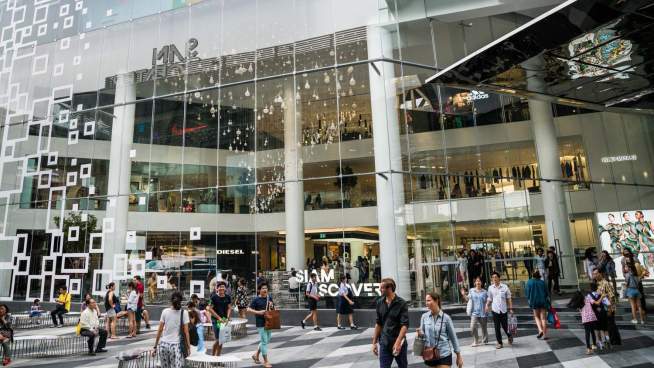News and Views
Port City Shopping Mall Brand Identity Communications Suite
Destination retail branding
Today, when consumers visit shopping malls, they are looking for experiences that go well beyond traditional shopping.
The trends helping to create this change include changing demographics, such as an aging population and increased urbanization, which means more people living in smaller spaces and a greater need for public spaces in which to socialize and congregate. In this environment, malls offer a welcome watering hole, especially in cities where other public spaces are not safe. Sustainability concerns are causing some consumers to prefer mixed-use developments where they can live, shop and work all within walking distance - instead of having to get into a car and drive to a crowded suburban mall. The growing middle classes in Latin America and Asia maintain a strong association between consumption and pleasure, driving the need for more engaging shopping experiences.
The most innovative shopping malls today look nothing like their predecessors. Although location remains the key real estate consideration for malls, a differentiated design and structure is increasingly important. Open air malls go a long way toward lending an atmosphere of a town centre, especially when they incorporate mixed use real estate. Many of the malls being built in urban areas are open and fully integrated with the landscape.
Creating the Port City brand identity
To signal innovation in shopping mall design and branding, the management team at Continuum, a Kyiv-based property investment firm, enlisted our creative team to develop the naming and branding for their malls under construction.
Our branding and innovations team worked closely with Continuum’s managing director and project team, conducting thorough research, analysing the competitive landscape in Ukraine, and studying European shopping centre branding trends.
After proposing several potential names, the management team chose "Port City" to guide the project’s next phase.
Throughout the development process, we refined the visual iconography and typography, ensuring the brand identity was cohesive and impactful. The Port City shopping mall brand reflects a contemporary and dynamic retail environment, designed to appeal to a broad and diverse range of shoppers.
Here's a detailed breakdown of the brand identity:
The name "Port City" evokes a sense of movement, trade, and exploration, and the brand identity takes inspiration from these maritime themes. The visual element incorporates a image of the swan.
Modern and Sophisticated: The brand identity is sleek and contemporary, designed to appeal to both local and international shoppers. The colour palette is typically a mix of orange, black and white, symbolizing the swan on water, cleanliness, and modernity, while also suggesting a premium shopping experience.
Versatility and Accessibility: While reflecting sophistication, the identity is versatile and inclusive. It resonates with a wide demographic, from high-end shoppers to families looking for an enjoyable day out. The design elements are adaptable, ensuring consistency across a variety of platforms and formats—from signage to digital marketing.
Typography and Logo: The typography is clean, bold, and modern, with a design that ensures legibility while adding a touch of elegance. The logo includes the swan, making it distinctive and recognizable, while also evoking a sense of grandeur and openness.
Shopping Experience: The brand identity is designed to reflect a seamless and elevated shopping experience. The mall’s layout, signage, and wayfinding systems all align with the brand's clean and modern visual identity, making it easy for visitors to navigate and enjoy the variety of retail, dining, and entertainment options.
Luxury Meets Convenience: The brand identity balances luxury with accessibility. High-end finishes in the design, such as polished metals and glass, are paired with welcoming and comfortable spaces, making the mall both aspirational and approachable.
Engaging and Social: Port City’s identity also emphasizes social interaction and community engagement. The mall is positioned as a social hub, where visitors can not only shop but also meet, dine, and be entertained. This aspect is reflected in the branding through promotional materials and event-driven designs, which are vibrant and engaging.
Sustainability and Innovation: Our team integrated sustainability into the brand identity, using eco-friendly materials and designs that appeal to environmentally conscious consumers. The brand showcases the mall as a forward-thinking space that values both innovation and environmental responsibility.
In summary, the Port City shopping mall brand identity is a modern, sophisticated, and versatile representation of a vibrant retail destination. Drawing from maritime themes and focusing on both luxury and inclusivity, the identity creates a welcoming yet premium atmosphere, positioning the mall as a go-to destination for shopping, dining, and social experiences.




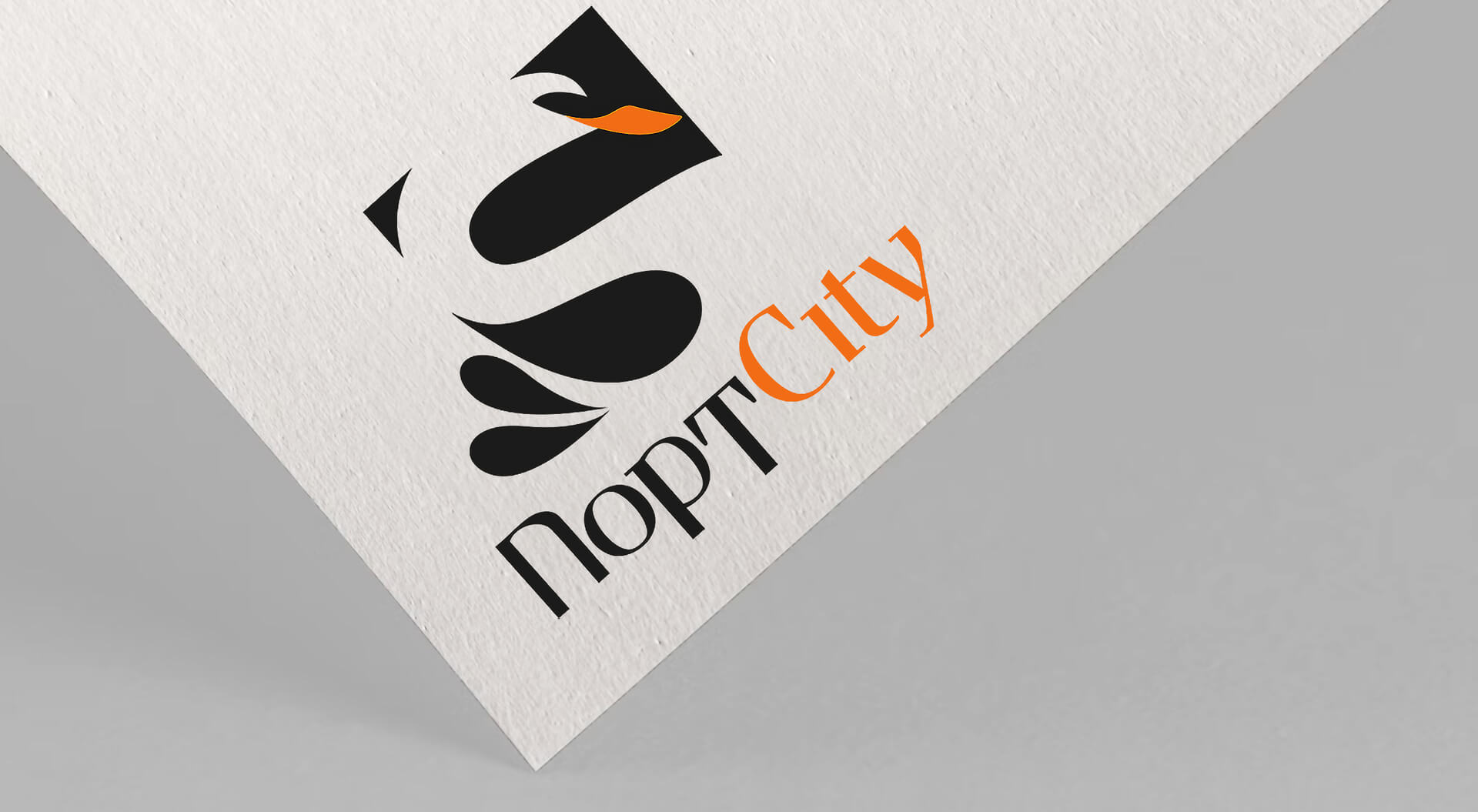

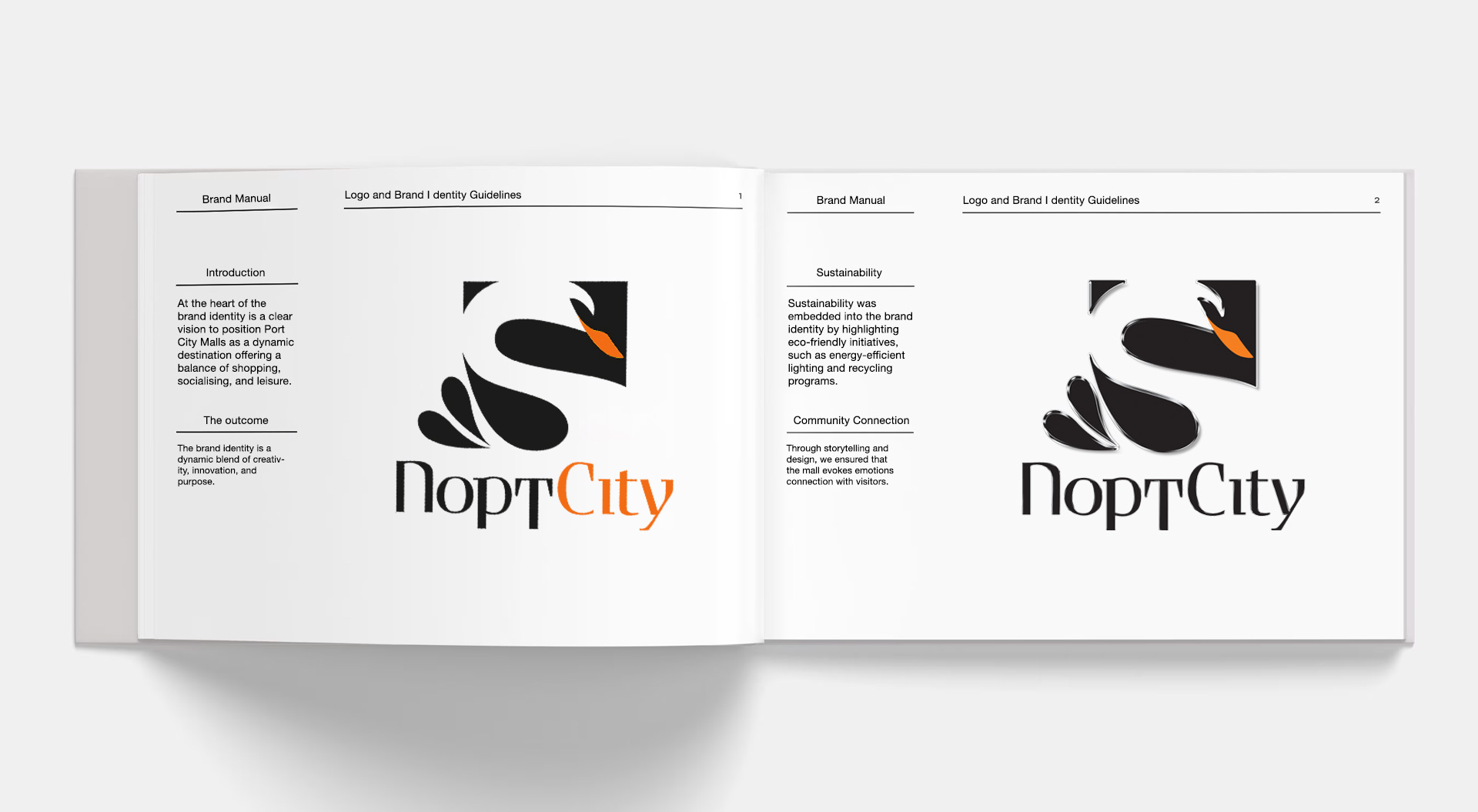
Destination retail branding for malls
Today, when consumers visit malls, they are looking for experiences that go well beyond traditional shopping.
The trends helping to create this change include changing demographics, such as an aging population and increased urbanization, which means more people living in smaller spaces and a greater need for public spaces in which to socialize and congregate. In this environment, malls offer a welcome watering hole, especially in cities where other public spaces are not safe. Sustainability concerns are causing some consumers to prefer mixed-us developments where they can live, shop and work all within walking distance - instead of having to get into a car and drive to a crowded suburban mall. The growing middle classes in Latin America and Asia maintain a strong association between consumption and pleasure, driving the need for more engaging shopping experiences.
The most innovative malls today look nothing like their predecessors. Although location remains the key real estate consideration for malls, a differentiated design and structure is increasingly important. Open air malls go a long way toward lending an atmosphere of a town center, especially when they incorporate mixed use real estate. Many of the malls being built in urban areas are open and fully integrated with the landscape.
Attributes Required for Creating an Exceptional Shopping Mall Brand Identity.
Clear Vision and Purpose:
A strong brand identity begins with a clear understanding of the mall’s purpose and positioning. Whether it aims to be a luxury destination, a family-friendly hub, or a tech-savvy shopping centre, this vision should guide every branding decision.
Distinctiveness:
The identity must set the mall apart from competitors. Unique architectural features, creative design elements, and innovative visual communication can help the brand stand out and resonate with visitors.
Consistency:
Branding across all touch points: logos, signage, marketing materials, social media, and in-mall experiences—should maintain a consistent tone, style, and colour scheme. Consistency builds recognition and trust.
Emotional Connection:
A great brand identity goes beyond functionality to evoke emotions. It could be nostalgia, excitement, or sophistication, depending on the target audience. A mall’s branding should tell a story that resonates emotionally with its visitors.
Audience-Centric Design:
The brand identity must align with the preferences and expectations of the target demographic. Factors like language, colour palette, design style, and messaging should reflect the cultural and social values of the audience.
Flexibility and Adaptability:
A mall’s brand identity must be flexible enough to adapt to seasonal campaigns, special events, and changing market trends without losing its core essence.
Seamless Integration of Digital and Physical Spaces:
The identity should create a cohesive experience between the mall’s physical presence and its digital platforms. This could include integrating the brand’s logo and design into way-finding systems, apps, websites, and social media channels.
Inclusivity:
A modern mall brand identity should embrace diversity and inclusivity, catering to a broad range of audiences and ensuring accessibility for all.
Sustainability:
Incorporating sustainable practices into the mall’s identity is increasingly important. Branding can emphasise eco-friendly initiatives like energy efficiency, recycling programs, and partnerships with green businesses.
Scalability:
The brand identity must work equally well for small-scale promotional materials and large-scale signage or architectural features, ensuring a cohesive experience regardless of scale.
Memorability:
The brand should leave a lasting impression on visitors through iconic design, engaging campaigns, or unique experiences that people associate specifically with the mall.
Integration of Lifestyle and Community:
An exceptional mall brand identity should reflect not just a shopping experience but also a lifestyle hub. Highlighting spaces for dining, entertainment, and community events enhances the perception of the mall as a vibrant and versatile destination.
By carefully combining these attributes, a shopping mall can develop a brand identity that not only attracts visitors but also turns them into loyal advocates, ensuring long-term success in a competitive retail environment.








